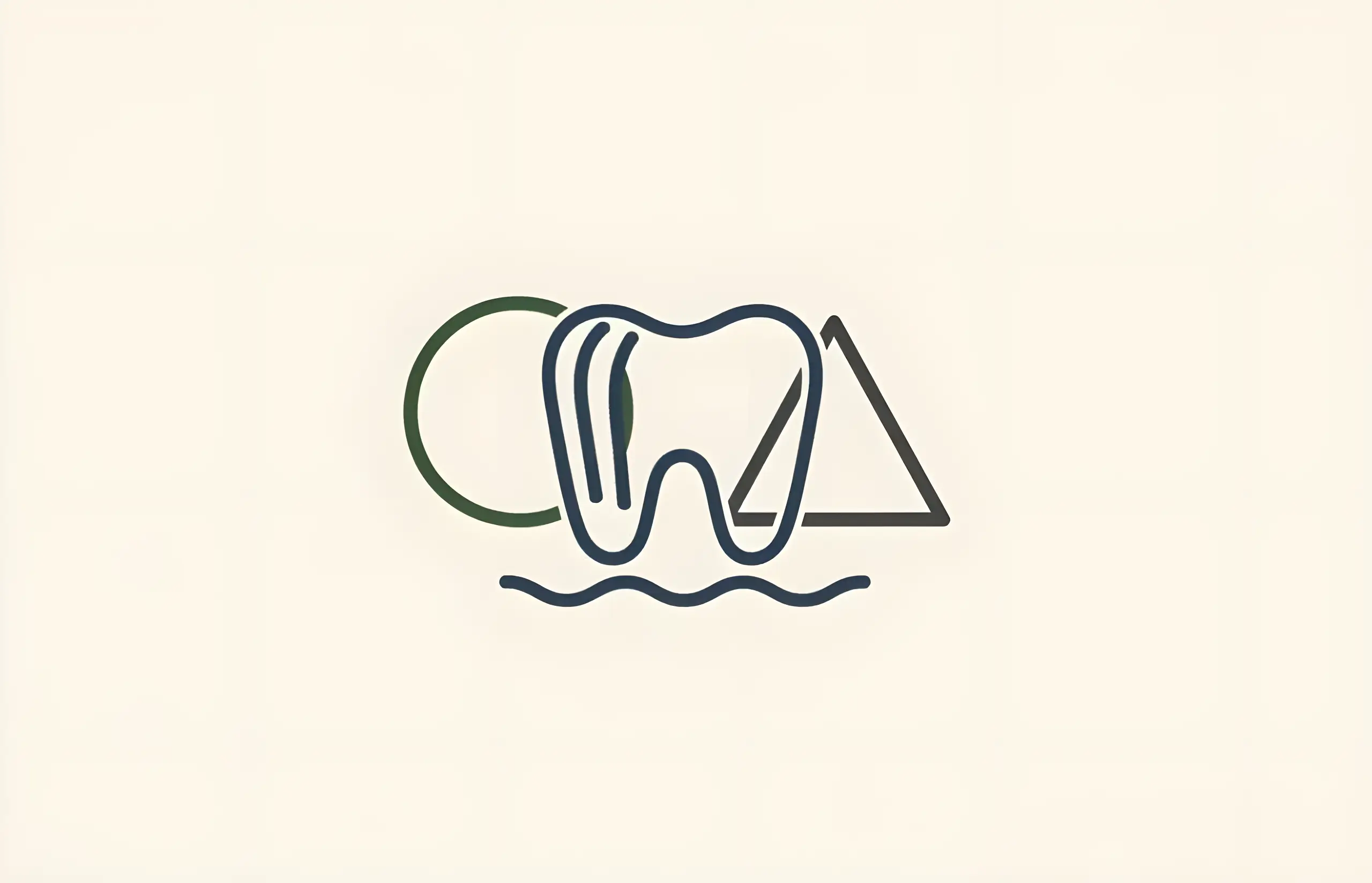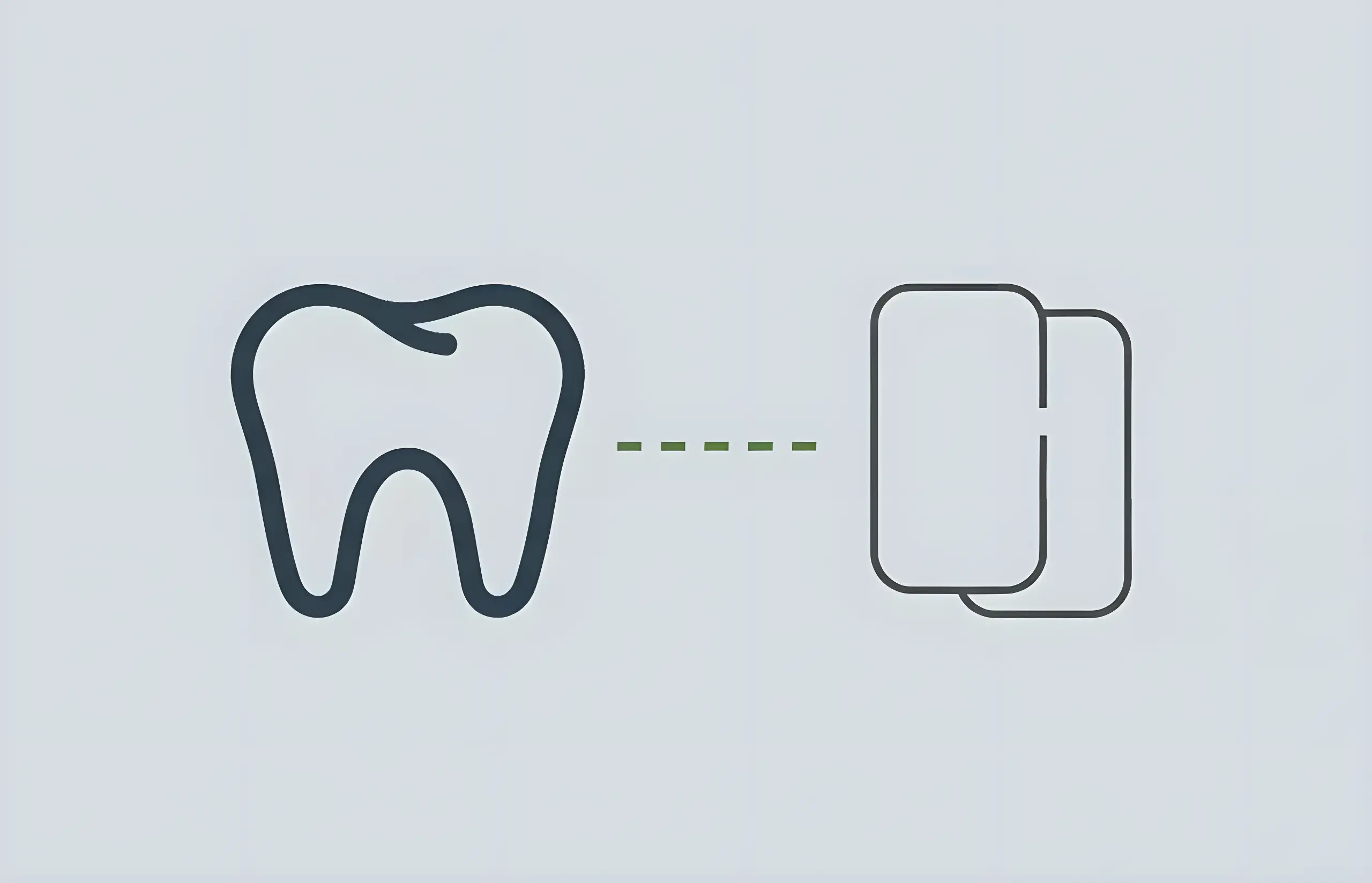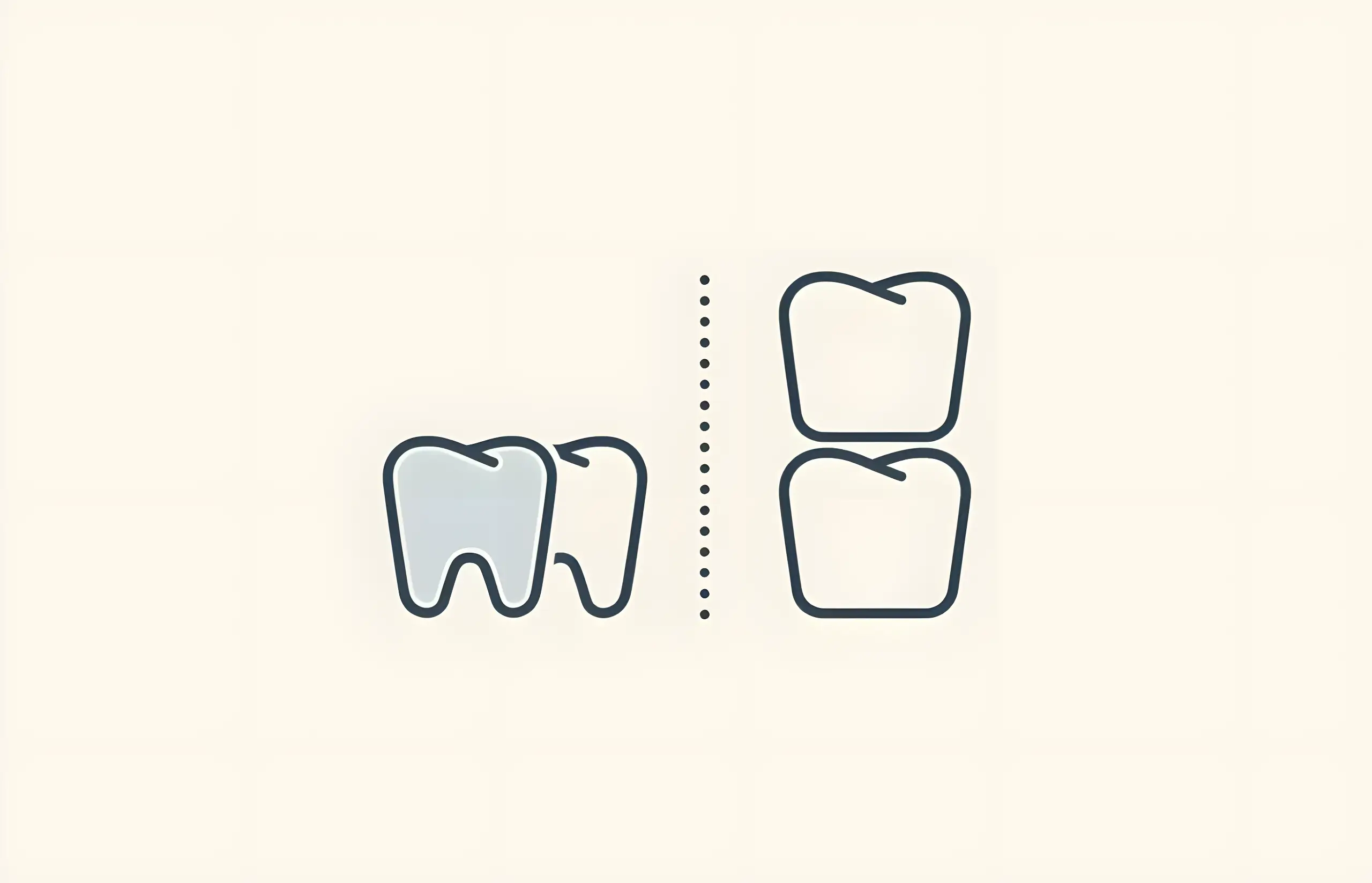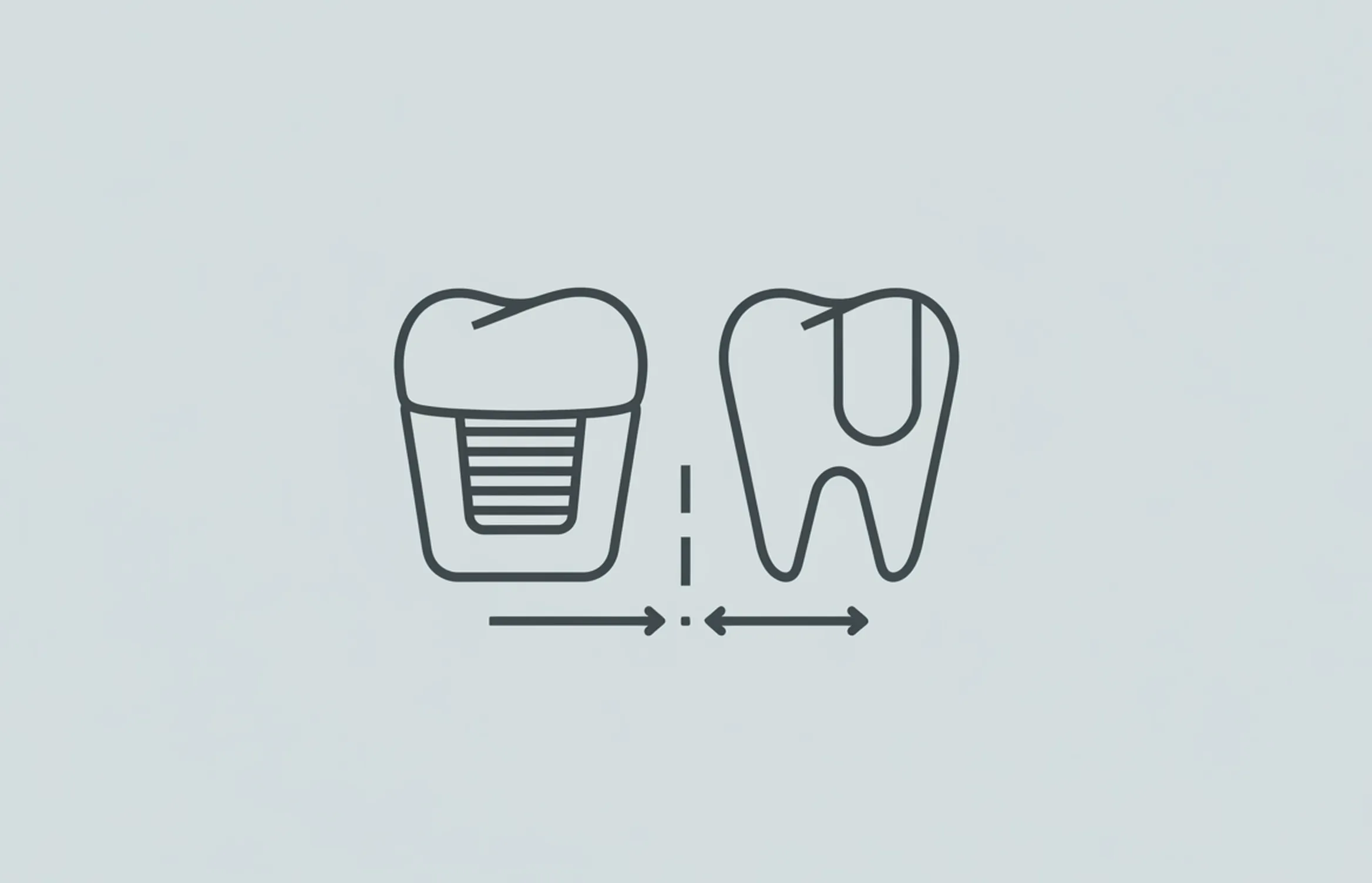If you're looking for ways to improve your smile, you may be curious about the types of dental enhancements that fit over your natural teeth. Two top-rated options are capped teeth vs veneers. Both are custom-made shells that protect and blend in with natural teeth.
If you're unsure which option is best for your teeth, you'll need to consider the issues leading you to compare these treatments. The best choice depends on the health of your tooth and whether it has a strong natural root or a filling. A dentist can look at your smile and help you decide between capped teeth vs veneers.
Benefits of Capped Teeth
A capped tooth is often also known as a crown and fits over a natural tooth's trimmed core. A dentist creates a cap by taking an X-Ray of the natural tooth. The dentist ensures that the root is healthy, then files the tooth down, removes decay areas, and makes room for the cap.
If a filling replaces a tooth's root, the dentist may install a cap to ensure a strong outer shell adequately supports the filling. A person with a missing tooth may have a cap installed over an implant in their jaw to fill the space.
A dentist may recommend a cap for your tooth if it is cracked or chipped or severe structural damage from a filling or cavity. Capped teeth can be customized to an attractive color and shape, making them ideal for treating discoloration or chipping.
Because they are bonded with cement to your real teeth, they are a strong and permanent alternative to removable prosthetics like partial dentures. They are an excellent option for teeth with severe cracks or chips because they can bond to surfaces that have been trimmed to a very small size. Capped teeth should be brushed and flossed like real teeth.
Benefits of Veneers
A veneer is a thin custom shell that bonds to the surface of a healthy tooth. To create a veneer, a dentist takes a mold of the natural tooth. Then, the dentist removes a thin outer layer of enamel. A veneer is created to resemble the natural tooth's size and shape, and the dentist cements it on to replace the enamel layer. The result is a tough porcelain casing that resists stains and chips.
A dentist may recommend veneers as a solution for stubborn discoloration, minor chips, and some crooked teeth. The sturdy veneer covers and protects your healthy tooth while improving the shape and color of your smile. Veneers can be replaced, and they typically last up to ten years. They should be brushed and flossed like real teeth.
Should You Get Veneers or Tooth Caps?
The choice of capped teeth vs veneers depends on the condition of your natural teeth. If a cavity has decayed your tooth or the root has been replaced with a filling, a cap will ensure that your tooth can resist further damage.
For broken or cracked teeth that need a dramatic change in shape, a cap will help restore them to match the rest of your smile. If you have missing teeth, a cap placed over an implant can blend seamlessly with natural teeth. When you compare capped teeth vs veneers, consider a capped tooth the more heavy-duty option for smiles that need some work.
If your natural teeth are in good condition, but you want to fix minor issues with shape, crookedness, or discoloration, consider opting for veneers. They will improve the appearance of your smile and add a protective layer to strengthen your teeth.
Now that you've learned about capped teeth vs veneers, you can choose the best smile for your healthy teeth.
Sources and References
-
[1]
Survival Rates for Porcelain Laminate Veneers: A Systematic ReviewEuropean Journal of Dentistryhttps://pmc.ncbi.nlm.nih.gov/articles/PMC8184312/
-
[2]
The Success of Dental Veneers According To Preparation Design and Material TypeOpen Access Macedonian Journal of Medical Scienceshttps://pmc.ncbi.nlm.nih.gov/articles/PMC6311473/
-
[3]
Crowns and other extra-coronal restorations: porcelain laminate veneersBritish Dental Journalhttps://pubmed.ncbi.nlm.nih.gov/12199127/
-
[4]
Restoring strength of incisors with veneers and full ceramic crownsJournal of Adhesive Dentistryhttps://pubmed.ncbi.nlm.nih.gov/20155230/
All sources accessed and verified on . Medical information reviewed for accuracy and compliance with current guidelines.
Related Articles

Alternatives to Veneers
Comprehensive guide to cosmetic dentistry alternatives to veneers, including teeth whitening, microabrasion, orthodontics, tooth recontouring, and dental bonding

Should You Get Crowns or Veneers?
Comprehensive guide to choosing between dental crowns and veneers, including clinical indications, contraindications, insurance coverage, and decision criteria for optimal treatment outcomes

Dental Crowns – Costs & Information
Comprehensive guide to dental crowns including types (metal, porcelain, ceramic, zirconia), procedure steps, survival rates, longevity studies, costs in the UK, and comparison of materials

Dental Crowns v Veneers
Comprehensive comparison of dental crowns and veneers including procedures, costs, longevity, survival rates, when to choose each option, and which treatment best preserves your natural teeth

How Much Do Dental Veneers Cost in the UK?
Comprehensive guide to dental veneers including history, materials (composite, porcelain, lithium disilicate), treatment process, costs (£200-£1000 per tooth), longevity, care instructions, and cost factors

Dental Veneers – Before and After Pictures
Comprehensive guide to dental veneers transformation results, patient satisfaction rates, aesthetic outcomes, smile makeover success, and clinical evidence from before and after studies

Different Types of Veneers
Comprehensive guide to veneer types including porcelain, composite, instant, and removable veneers with survival rates, costs, pros and cons, and how to choose the right option
About The Dental Guide
The Dental Guide is a trusted online resource providing evidence-based information about dental health, treatments, and procedures. Our content is created and reviewed by qualified dental professionals to help you make informed decisions about your oral health.
Our Mission
- Evidence-based dental information
- Expert-reviewed content
- Clear, accessible explanations
- Latest treatment options
- Patient-focused guidance
Editorial Standards
- GDC-registered dental professionals
- Peer-reviewed sources
- Regular content updates
- Medical accuracy verification
- Transparent authorship
Important Notice
The information on The Dental Guide is for educational purposes only and should not replace professional dental advice. Always consult with a qualified dentist for diagnosis and treatment recommendations tailored to your individual needs and circumstances.
Medically Reviewed
Reviewed by Dr. Nasim Mechoui , BDS (Bristol)
Share this article
Comments & Discussion
Have questions about dental implants? Share your thoughts or experiences.
